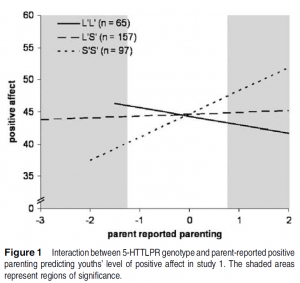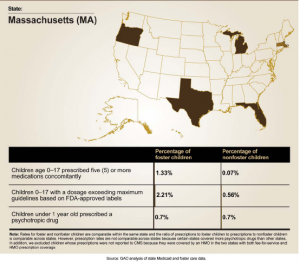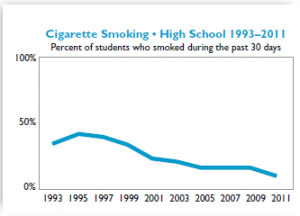written by Alisson Richards, MD
Recommending books for parents to read is an easy and effective way to initiate and encourage parents to take an active role in parenting and can also provide a guide for parents with challenging children. The books can be particularly useful for motivated parents struggling to find available cognitive-behavioral therapists.

Dr. Alisson Richards, 2nd Year Fellow
Choosing a book among the large number of choices can be overwhelming. In searching for “anxiety in children” using an on-line bookstore, 9,511 different options came up. To help narrow the search, I have outlined a few recommended choices with good feedback from families.
SOS: Help for Parents by Lynn Clark, Ph.D. This book is helpful to families who are experiencing behavioral problems with primarily younger children but it is recommended from ages 2-12. The format makes it very easy to access and it is not necessary to read the book in its entirety. There is information on how to appropriately use Time-out to extinguish behaviors and also, very importantly, on how to encourage good behaviors. There are many special situations addressed including noncompliance, not minding, strong-willed behavior, oppositional and defiant behavior, aggression, ADHD, dressing problems, sibling conflict, tantrums, attention seeking, immature behavior, avoidance of chores, homework resistance, communication problems, and managing bad behavior away from home.
The Available Parent by Dr. John Duffy. The target age group for this book is teens and tweens. The adolescent years can be particularly challenging and Dr. Duffy recommends that parents read this book, before the teenage years. Topics covered are social media (facebook, texting, etc. ), sex, rebellion and body image in addition to how to communicate and connect with your teen. Being a parent of a 16 year old, I found it very helpful in making ourselves “available” to listen and to try to understand a teen’s world in today’s society.
Straight Talk about Psychiatric Medications for Kids by Timothy E. Wilens, MD. I find this book extremely helpful as a quick and easy way to navigate psychiatric medications for the medical provider and also for parents who have questions. I will sometimes make copies of specific chapters for parents to review before initiating treatment so that they have an opportunity to become fully informed, especially if they are hesitant. It covers common disorders, information for parents and psychotropic medications including FDA approved and off-label uses.
Helping Your Anxious Child by Ronald M. Rapee, Ph.D. This is another parent guide that helps parents assist their children who struggle with worries and fears in a step-by-step process. I find it is often a useful first step for parents to begin by following the “program” that is outlined as an alternative option before starting treatment with a therapist. The approach used is similar to cognitive behavioral therapy (CBT) which has the strongest scientific evidence for being effective in treating anxiety in children. The authors also outline coping skills and relaxation techniques that parents can guide their child through.
Books for Oppositional Behavior
Below are several books that can be helpful for parents of oppositional-defiant children who have trouble regulating themselves. All three share some common elements but there are some deviations that may work better for a specific child.
The Explosive Child by Ross W. Greene
Your Defiant Child by Russell Barkley, Ph.D
Parenting the Strong-Willed Child: The Clinically Proven Five-Week Program for Parents of Two- to Six-Year-Olds by Rex Forehand, Ph.D
When looking for resources, don’t forget about “bibliotherapy” as part of your comprehensive treatment plan.












